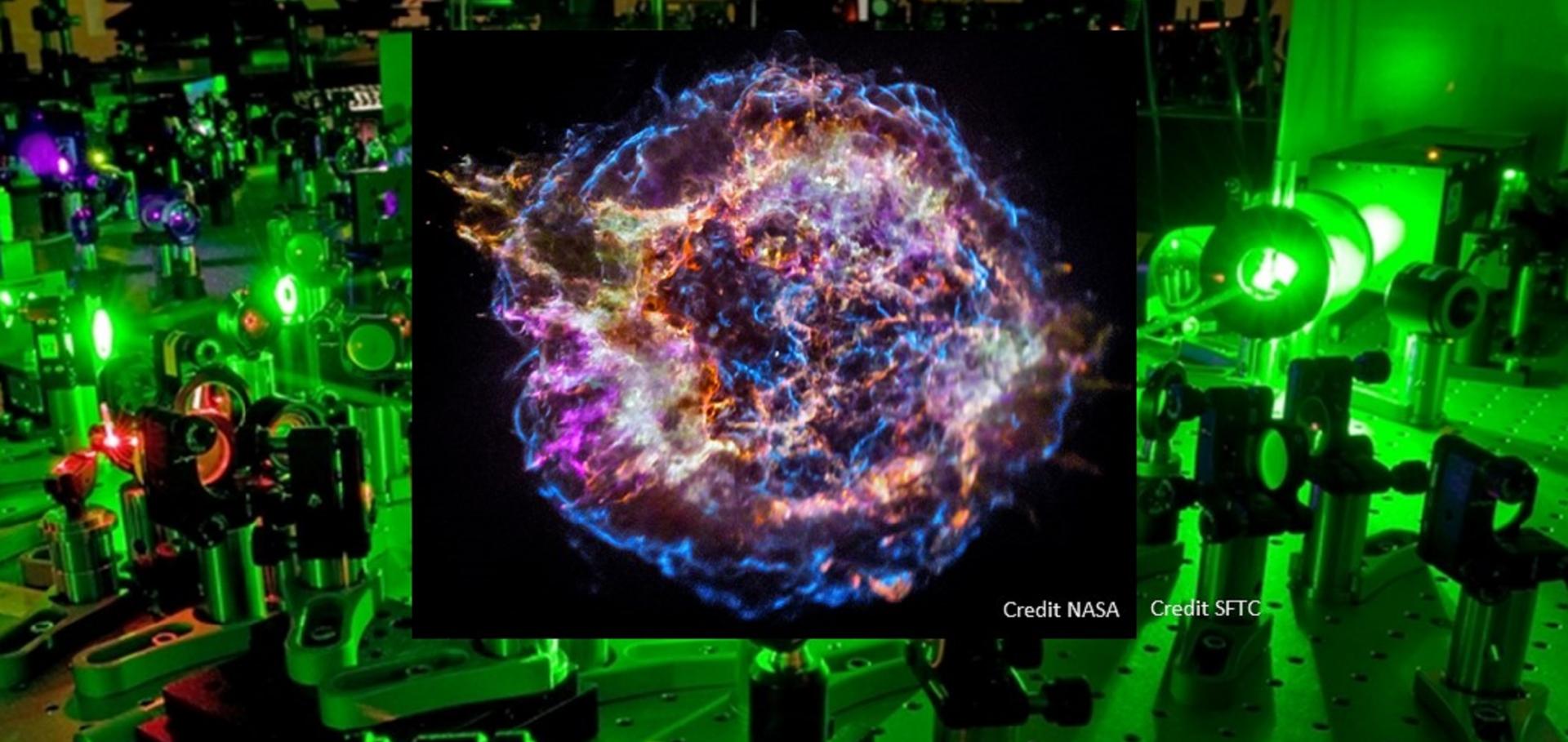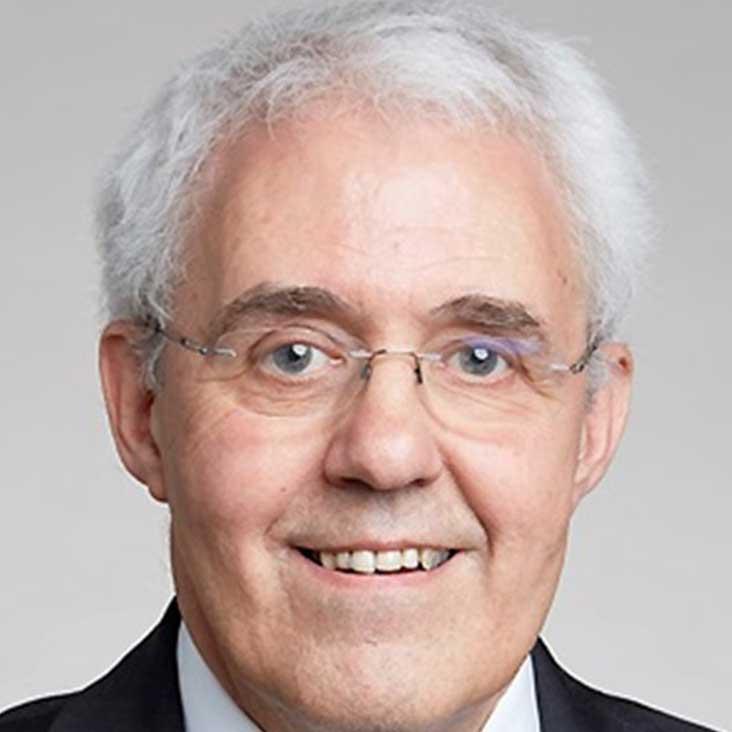Pair plasma cushions in the hole-boring scenario
Plasma Physics and Controlled Fusion 55:9 (2013)
Abstract:
Pulses from a 10 PW laser are predicted to produce large numbers of gamma-rays and electron-positron pairs on hitting a solid target. However, a pair plasma, if it accumulates in front of the target, may partially shield it from the pulse. Using stationary, one-dimensional solutions of the two-fluid (electron-positron) and Maxwell equations, including a classical radiation reaction term, we examine this effect in the hole-boring scenario. We find the collective effects of a pair plasma 'cushion' substantially reduce the reflectivity, converting the absorbed flux into high-energy gamma-rays. There is also a modest increase in the laser intensity needed to achieve threshold for a non-linear pair cascade. © 2013 IOP Publishing Ltd.Dense electron-positron plasmas generated by 10PW lasers in the QED-plasma regime
Proceedings of SPIE--the International Society for Optical Engineering SPIE, the international society for optics and photonics 8780 (2013) 87801j-87801j-6
Cosmic-ray acceleration and escape from supernova remnants
Monthly Notices of the Royal Astronomical Society 431:1 (2013) 415-429
Abstract:
Galactic cosmic-ray (CR) acceleration to the knee in the spectrum at a few PeV is only possible if the magnetic field ahead of a supernova remnant (SNR) shock is strongly amplified by CRs escaping the SNR. A model formulated in terms of the electric charge carried by escaping CRs predicts the maximum CR energy and the energy spectrum of CRs released into the surrounding medium. We find that historical SNRs such as Cas A, Tycho and Kepler may be expanding too slowly to accelerate CRs to the knee at the present time. © 2013 The Authors. Published by Oxford University Press on behalf of the Royal Astronomical Society.Dense electron-positron plasmas and bursts of gamma-rays from laser-generated quantum electrodynamic plasmas
Physics of Plasmas 20:5 (2013)
Abstract:
In simulations of a 12.5 PW laser (focussed intensity I = 4 × 10 23 Wcm - 2) striking a solid aluminum target, 10% of the laser energy is converted to gamma-rays. A dense electron-positron plasma is generated with a maximum density of 10 26 m - 3, seven orders of magnitude denser than pure e- e+ plasmas generated with 1PW lasers. When the laser power is increased to 320 PW (I = 10 25 Wcm - 2), 40% of the laser energy is converted to gamma-ray photons and 10% to electron-positron pairs. In both cases, there is strong feedback between the QED emission processes and the plasma physics, the defining feature of the new "QED-plasma" regime reached in these interactions. © 2013 AIP Publishing LLC.Universal behaviour of shock precursors in the presence of efficient cosmic ray acceleration
Monthly Notices of the Royal Astronomical Society 430 (2013) 2873


